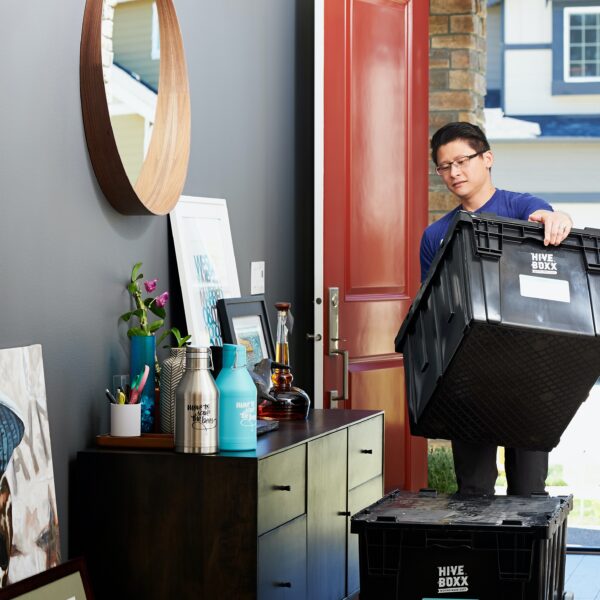Most construction workers do some part of their work on scaffolding. However, many workers get injured while working on scaffolding every year, and some of them die.
While it seems that scaffolding is a dangerous place to work on, working with caution and following proper safety procedures can alleviate the risk of possible problems and injuries.
One of the best ways to minimize the hazards on your construction site is to rent a scaffold and hire adequately trained labourers. Furthermore, you should follow the safety tips in using the structure below to avoid accidents.
Make sure everyone is well-trained
The safety of the scaffolding relies on its users. The structure should be built, dismantled, moved, and maintained properly. Everyone who is working on it should understand the safety protocols.
This is why all labourers who are going to use the scaffolding should undergo mandatory training. Once trained, the employees must know the correct usage of the scaffold. Moreover, they should know the proper handling of the tools and the materials while on the scaffolding.
Moreover, the employees should know the limitations of the scaffolding regarding load ratings and how it would affect their work. Also, they should have enough knowledge about protective equipment and other risks, such as live electrical wires.
It is important to look for proper Engineering Staffing and Recruiting firms to ensure that you get the best workers for the job.
Always follow the instructions
Some accidents that involve scaffoldings can be avoided if everyone will strictly follow the instructions. Most workers who get familiar with working around the scaffold tend to make a mistake once they assume that the instructions in each scaffolding system are the same.
For example, the scaffolding parts made by different manufacturers should not mix. Doing so may affect the structural integrity of the scaffold. Moreover, the structure should be assembled correctly to keep it stable.
With this in mind, scaffolds should be assembled or modified under the supervision and direction of a competent person. If the scaffold stands more than 125 feet above the base, it should be designed by a professional engineer.
Be aware of the hazards
The hazards involved in using a scaffold depends on the nature of the task being done and the operating environment. The most common danger is falling. This is why guardrails or other types of fall-protection equipment must be used if you are working at least 10 feet high.
Most scaffolds are made of metals, so they should be away from any live power lines. Otherwise, the risk of electrocution is high, especially if the worker is wearing metal strappings and using metal tools.
Weather conditions also possess dangers to people who are working on the scaffoldings. A wet or icy platform creates danger of slips and falls. Moreover, icicles that formed on the upper part of the scaffolding may fall on workers below once thawed.
Another potential hazard that most workers ignore is their access to and from the scaffolding. The risk of slips and falls increases every time you climb up and down the scaffold. The scaffold bracing should not be used as a ladder if you need to get on or off the structure. A scaffold must have a portable ladder with rest platforms, handrails and threads to lessen the chances of slipping.
These are just some of the safety steps that could keep you safe while working on a scaffolding. These structures should make your job easier while working on high places, and should not be the cause of any troubles within the construction site.
Image Credits: Brett Jordan




Like this article? Share with your friends!